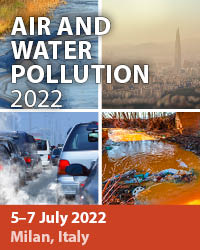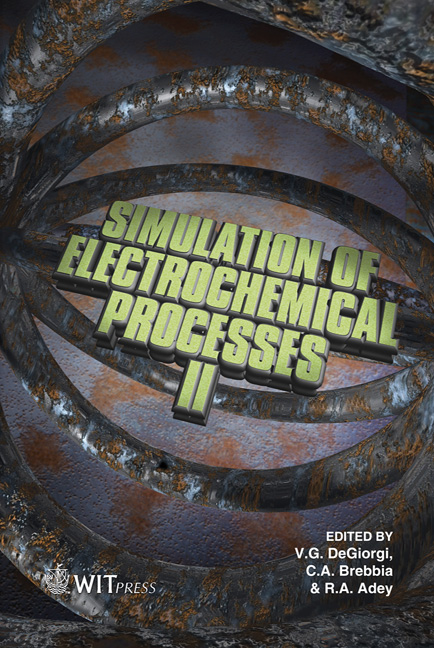On The SCC Behaviour Of Austenitic Stainless Steels In Boiling Saturated Magnesium Chloride Solution
Price
Free (open access)
Transaction
Volume
54
Pages
10
Published
2007
Size
1,230 kb
Paper DOI
10.2495/ECOR070251
Copyright
WIT Press
Author(s)
O. M. Alyousif & R. Nishimura
Abstract
The stress corrosion cracking (SCC) of three austenitic stainless steels was investigated as a function of test temperature and applied stress in boiling saturated magnesium chloride solutions (MgCl2) using a constant load method. Both type 304 and type 316 exhibited similar corrosion elongation curves, while the corrosion elongation curve of type 310 was different. The relationship between the time to failure and a reciprocal test temperature fell in two straight lines on a semi-logarithmic scale as well as the relationship between the steady-state elongation rate and a reciprocal test temperature. These regions were considered to correspond to a SCC-dominated region or Hydrogen Embrittlement (HE)-dominated region. The same behaviour was observed for applied stress dependence for these stainless steels. The relationship between the time to failure versus steady state elongation rate on a logarithmic scale became a straight line, whereas the slopes of the line for the stainless steels were different for each other. It was found that the linearity of the relationship can be used to predict the time to failure for the stainless steels in the corrosive environment. The transition time to time to failure ratio values had a different constant value for each region. From the results obtained, it may be suggested that the cracking mechanism for type 304 and type 316 was different from that for type 310. This would be explained by whether or not a formation of martensite takes place. Keywords: austenitic stainless steels, magnesium chloride solution, steady-state elongation rate, stress corrosion cracking, hydrogen embrittlement.
Keywords
austenitic stainless steels, magnesium chloride solution, steady-state elongation rate, stress corrosion cracking, hydrogen embrittlement.





